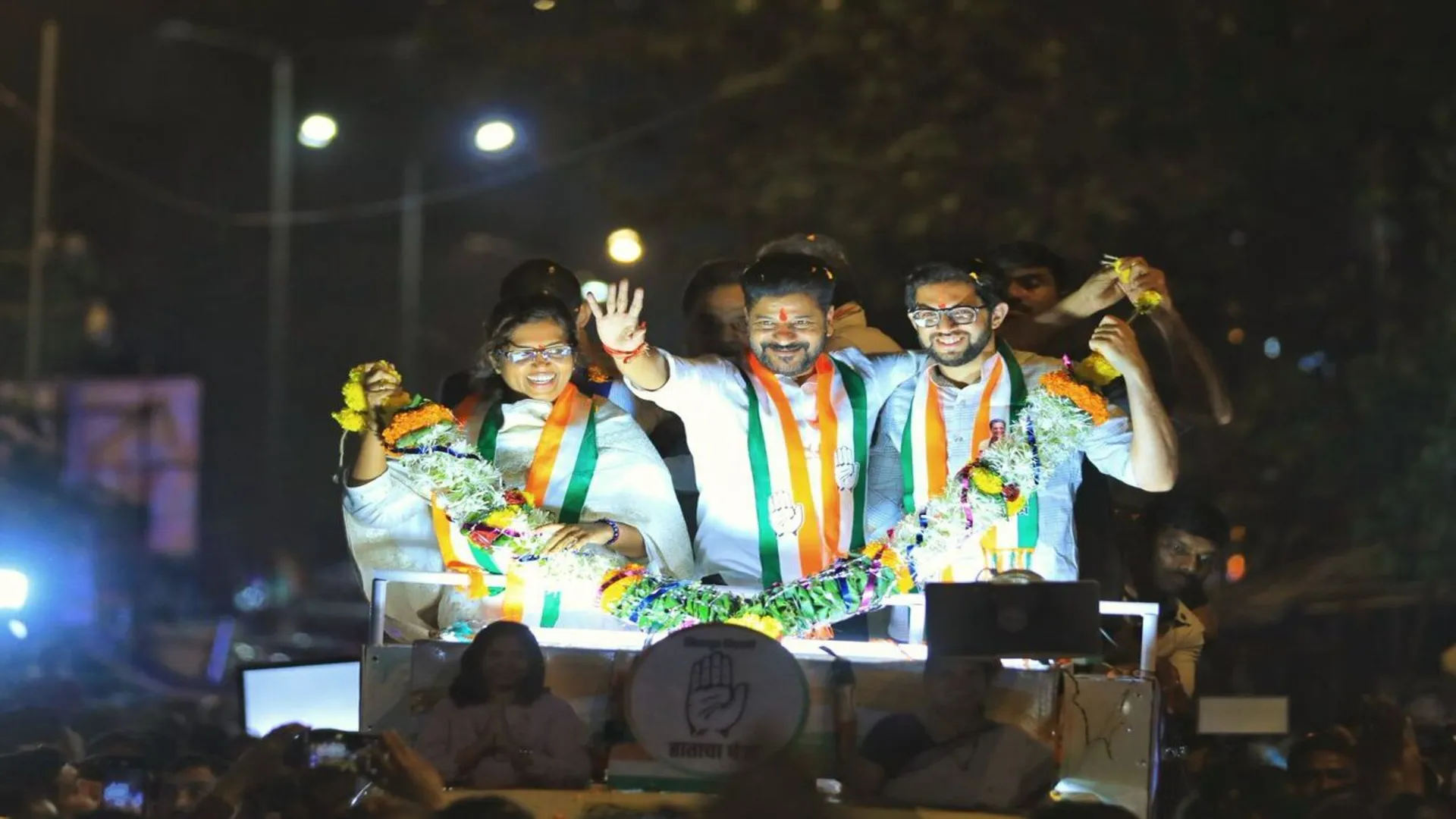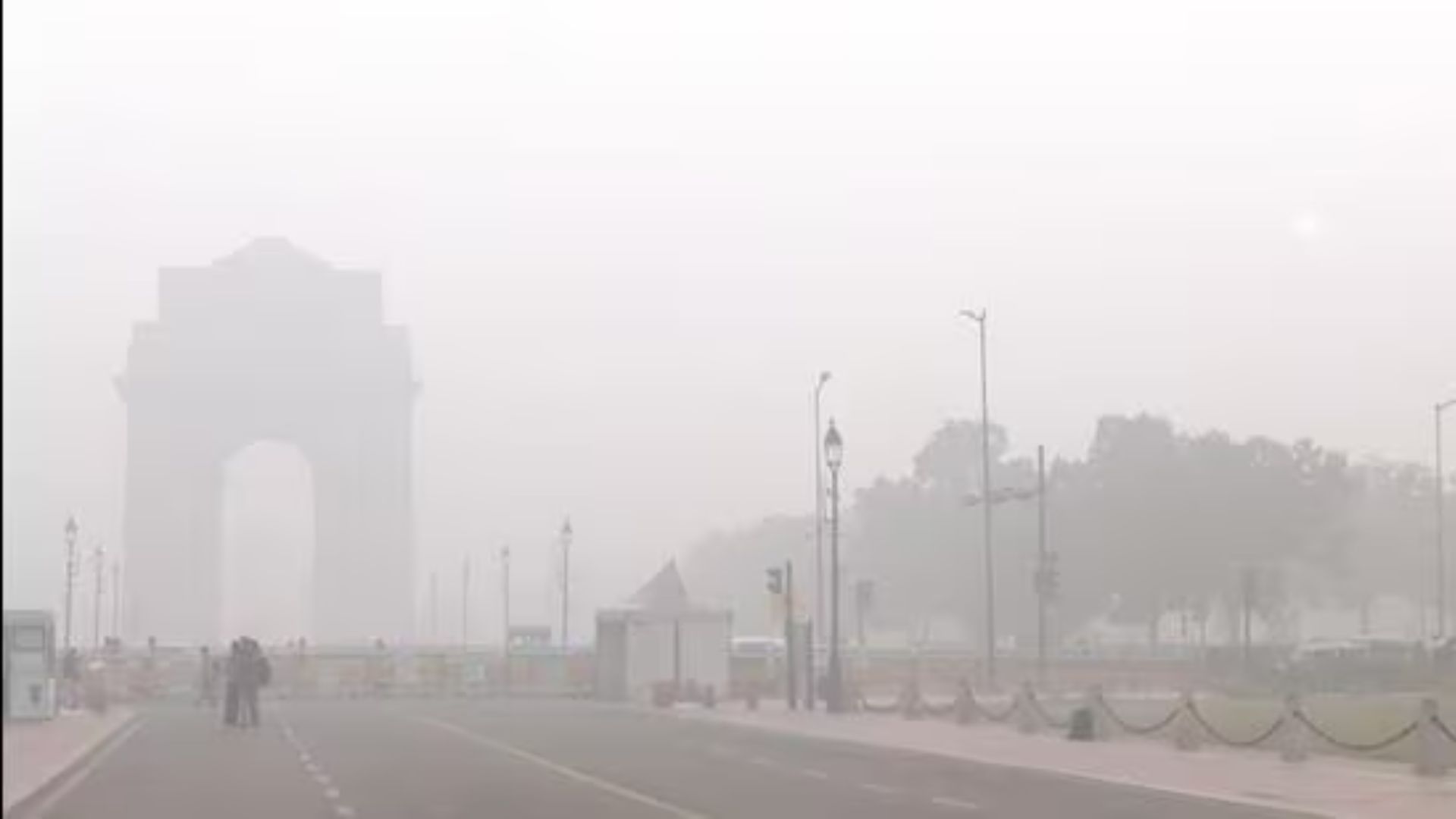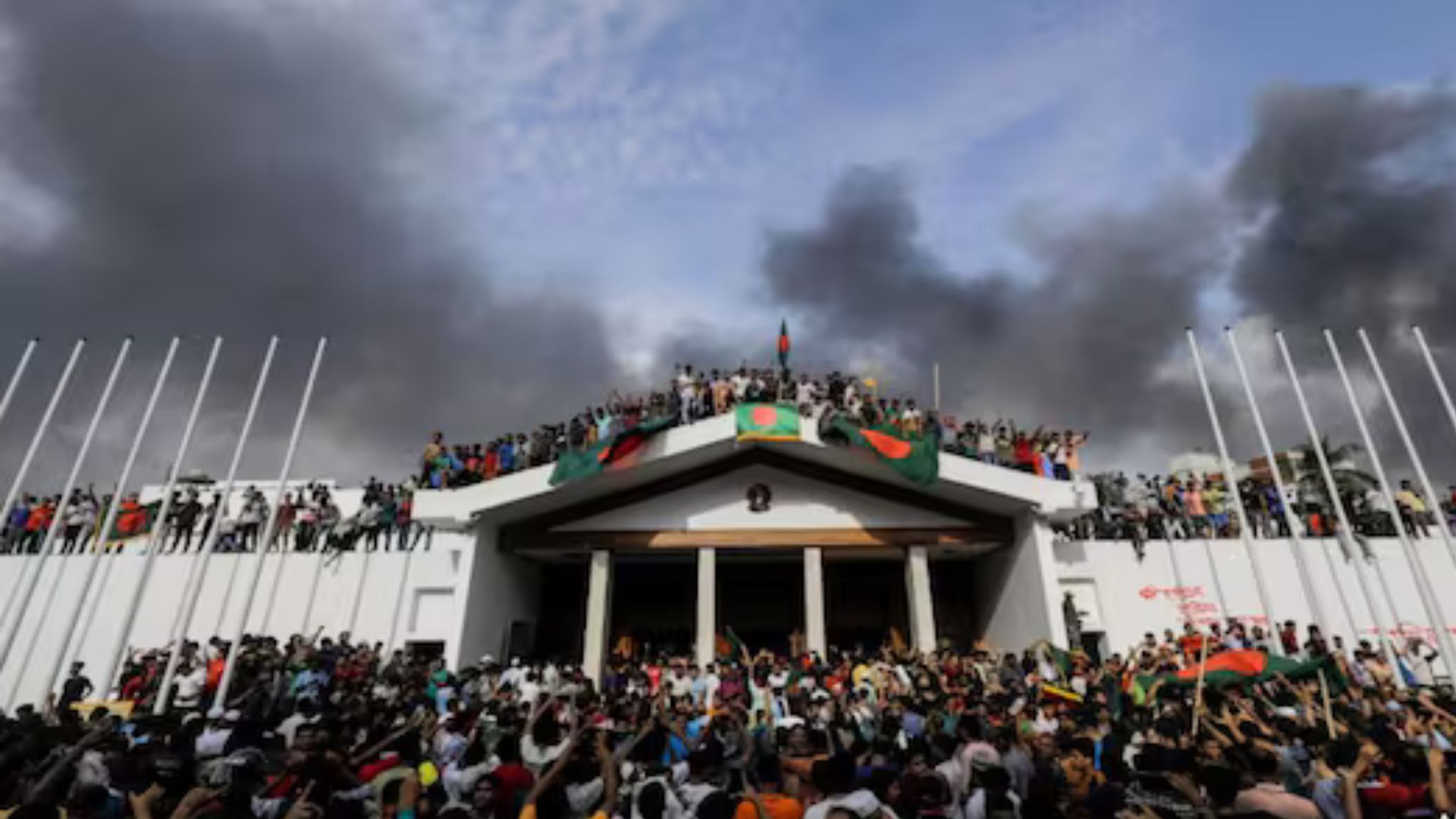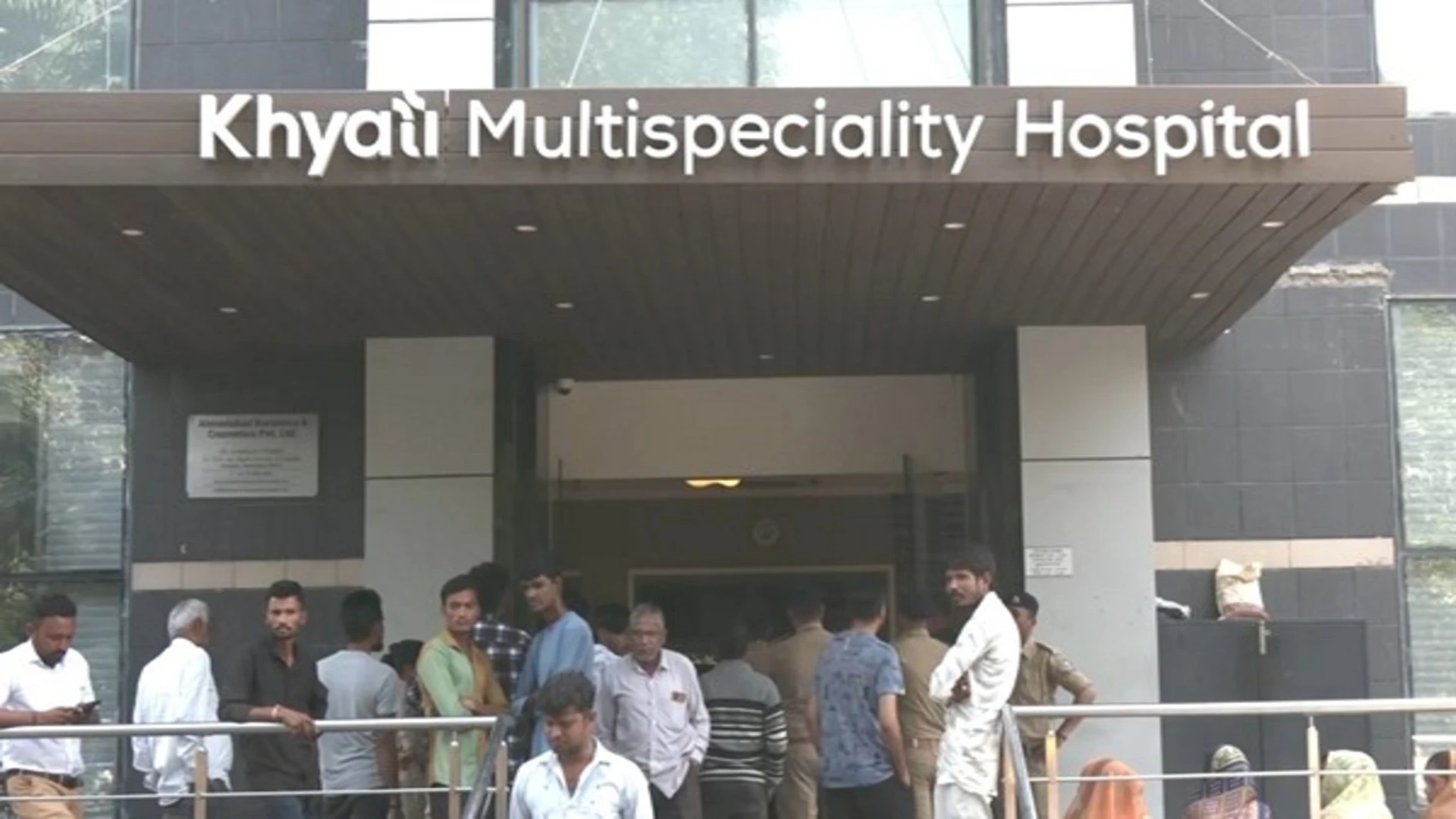
This year Amalaki Ekadashi is being celebrated on 20th March. Special importance has been given to the worship of Shri Hari on Amalaki Ekadashi. It is said that on this day one should boil Amla, bathe with Amla water, worship Amla, eat Amla and donate Amla.
The Hindu festival of Amalaki Ekadashi, occurring between Maha Shivratri and Holi, holds special significance in the Hindu calendar. Known also as Rangbhari Ekadashi, it is a day dedicated to the worship of Lord Vishnu, with reverence also extended to Lord Shiva and Maa Parvati. Notably, it stands as the sole Ekadashi specifically devoted to Lord Shiva. A distinct puja is conducted for Lord Shiva and Maa Parvati at Kashi Vishwanath Varanasi during this festival, emphasizing its spiritual importance among Hindu devotees.
Devotees hold the festival in high regard, observing a vrat (fast) as it is believed that their desires are granted through devoted fasting and worship of Lord Vishnu and Lord Shiva. They anticipate fulfillment of their wishes by adhering to rituals with sincerity and dedication. Key elements of the festival include the accurate determination of dates, adherence to rituals, understanding of its significance, methods of celebration, and puja timings.
Rituals associated with Amalaki Ekadashi, as outlined by Drik Panchang, include the observance of Parana, the conclusion of the Ekadashi fast, which must be completed after sunrise on the following day. It is crucial to end the fast before the conclusion of Dwadashi Tithi and even during Hari Vasar. Devotees engage in reciting the Ekadashi fast story (Vrat Katha), believed to fulfill all desires through the grace of Lord Vishnu, leading to salvation and absolution from sins.
Other rituals involve early rising, bathing, meditation, temple cleaning, setting up a sacred space for Lord Vishnu’s idol or statue, lighting lamps, offering Amla, worshiping Lord Vishnu, and consecrating a Kalash under the Amla tree. Offerings of incense, lamp, sandalwood, roli, flowers, and Akshat are made, alongside the act of feeding the poor or Brahmins, symbolizing acts of compassion and charity integral to the festival’s spirit.















